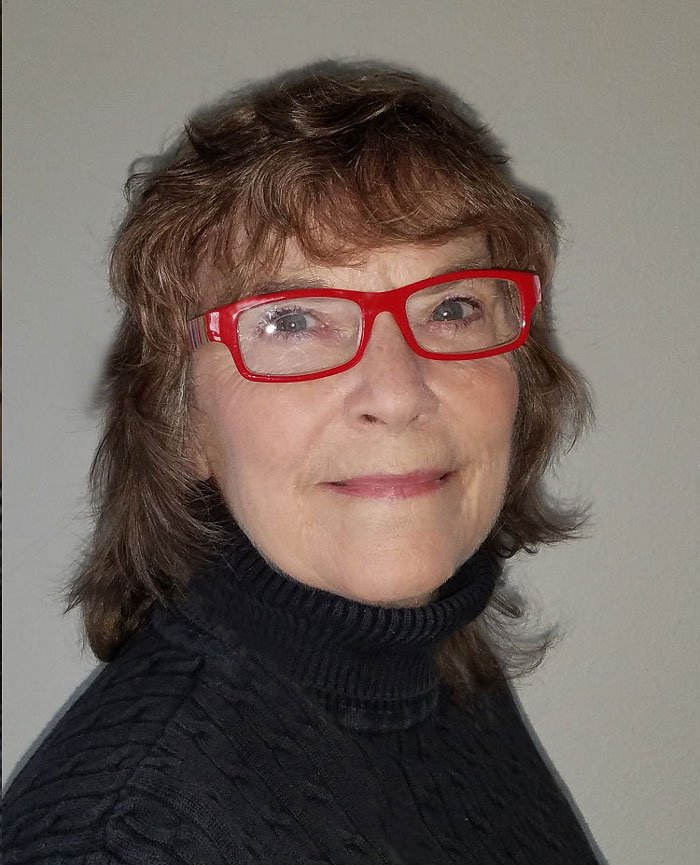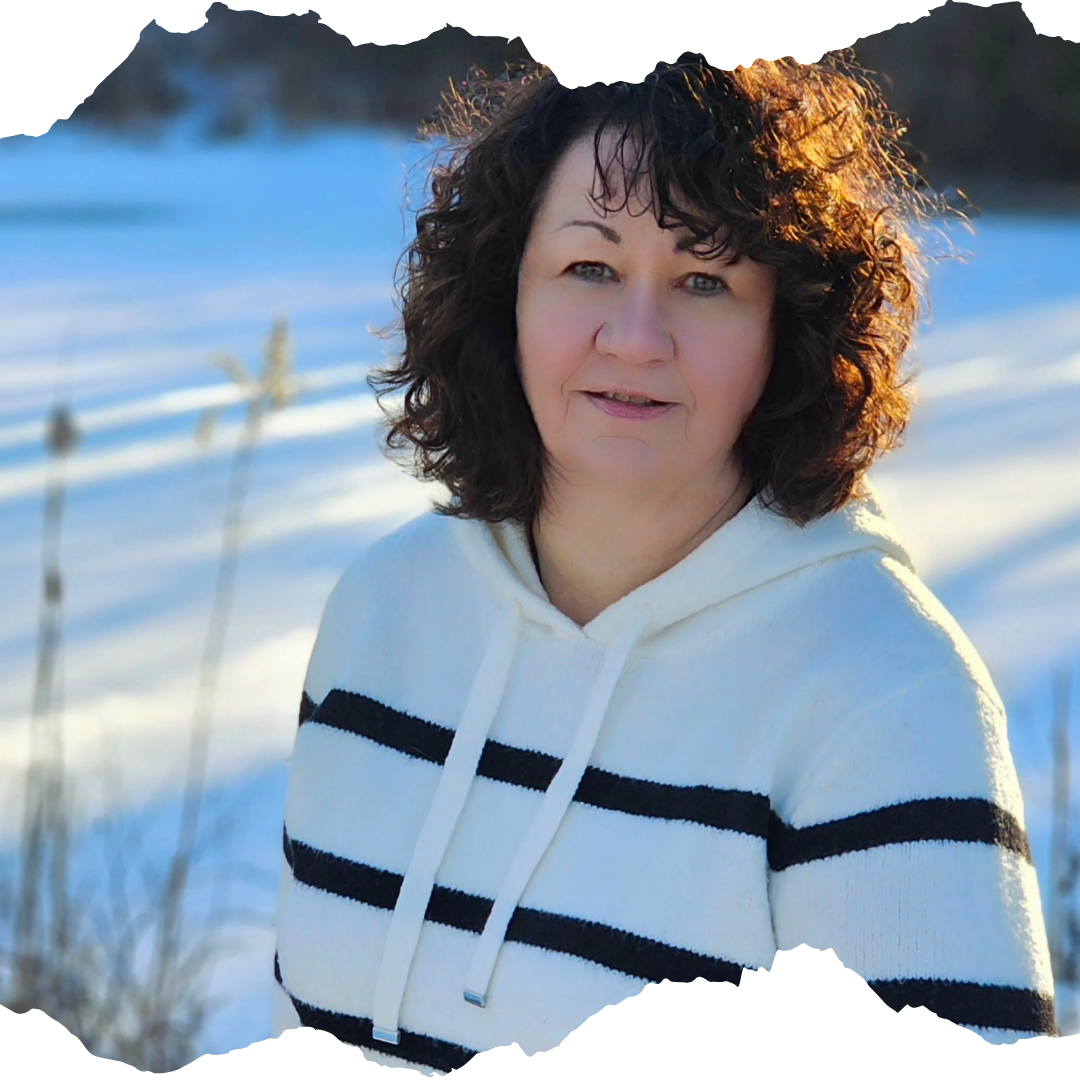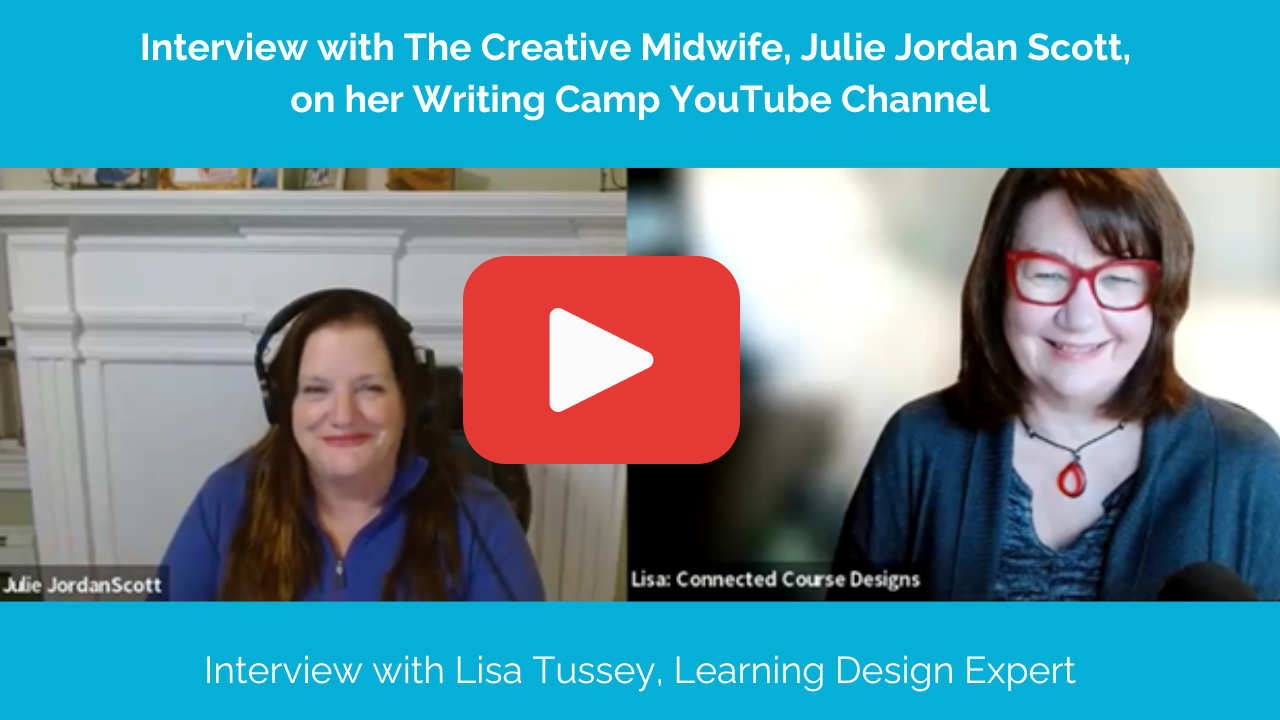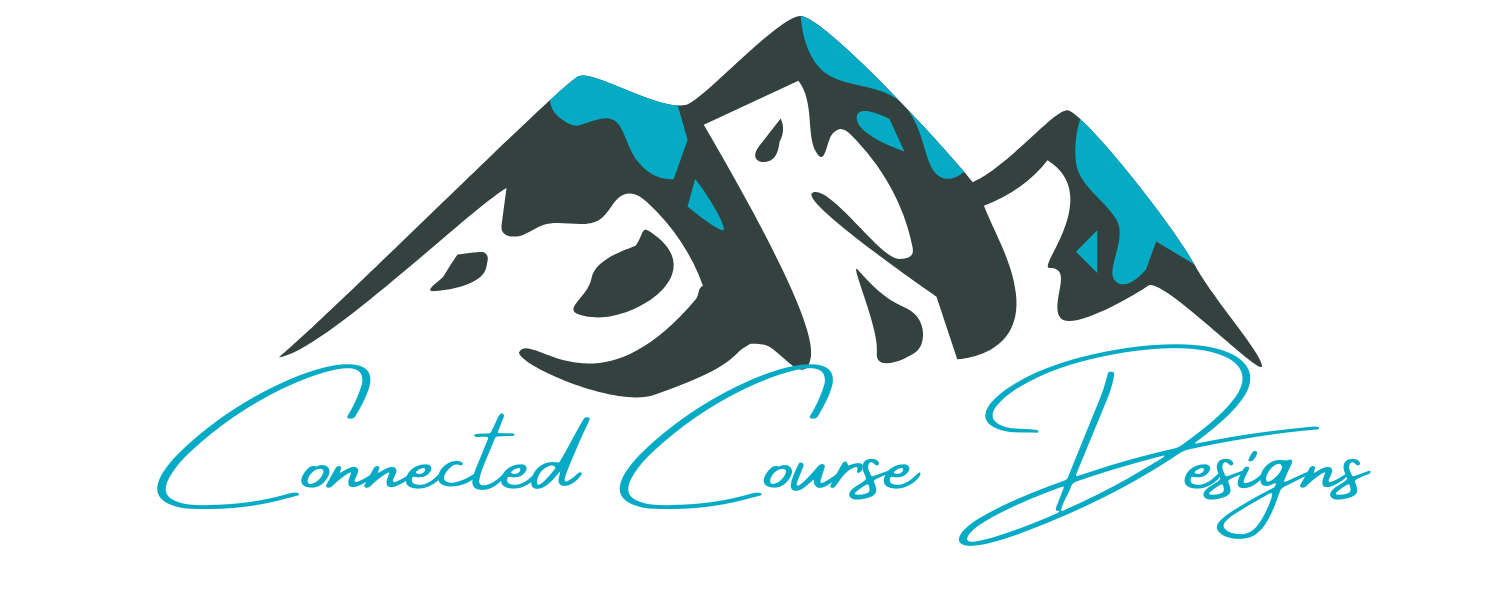
Create custom courses and unit studies for your homeschool!
Imagine creating your own engaging, custom courses and unit studies with confidence.
With Summit-First Framework one-on-one coaching, you’ll have the guidance you need to create courses that foster your children's success.

See your children flourish with a lifelong love of learning by creating individualized learning experiences.
Learn how to craft appropriate learning goals, gather resources, and organize content so your child is learning in ways that meet your family’s values and needs.
And, you don't have to do it alone. I’m available to guide you along the way with one-on-one coaching.
Do you find all-in-one curriculum
too rigid and expensive?
Does your child become hyper-focused on one topic like marine animals or mythology?
Does your child do their best with a certain type of learning method such as experiential learning?
How do you figure all this out without getting a degree in learning sciences?

You let me guide you through the Summit-First Framework.
Prepackaged curricula target the “average” learner with fixed pacing and rigor, prioritizing classroom efficiency. One of the great benefits of homeschooling is being able to individualize learning that motivates your child and meets their needs.
Have you felt overwhelmed trying to create your own courses or unit studies?
Do you wonder where to start,
how much content to include,
and how to tell if you’re on grade level?
Do you struggle to make choices based on the overwhelming number of
topics and resources available?
Have you given up halfway through planning because it was taking too much time to plan?

Learn how to leverage learning science with the easy-to-follow Summit-First Framework.
The Summit-First Framework one-on-one coaching is based on learning research.
Once you work through creating a course with me, you’ll be able to apply the framework to every course or unit study you want to create in the future.

Create custom
courses and unit studies,
tailored to your children.
Imagine your family fully engaged in learning and
applying knowledge with confidence.

The Summit-First Framework
captures everything I’ve learned from:
- Earning my master’s degree in Instructional Design
- Working as a Lead Instructional Designer for universities
- My experience as a veteran homeschooler
With my one-on-one coaching, you receive:

Coaching
Have the personal guidance of a homeschool veteran course design expert
A System
Use a system that’s easy to understand and follow
Planning
Have a solid course plan mapped out to follow
Confidence
Know what and how much to include in your course and what to omit
Accountability
Use a flexible documentation method

What you get with
Course Creation Coaching
Step-by-Step Coaching
- I personally guide you step-by-step through my Summit-First Framework.
- Five clear steps that guide you from concept to course or unit study completion.
- Use of research-proven methods that engage learners for success.
- A mapped out process by someone who knows course design.
Choose from two options:
- Package of 7 sessions
- Coaching by the hour
Coaching for Course Creation
Package of 7 sessions: $779
Initial consultation meeting
Access to all existing Summit-First Framework Courses
My guidance as you create the course or unit study using the Summit-First Framework's 5 steps
Seven sessions going from idea to teaching-ready:
- Session 1: Course content decision, Learner Destination Goal and Trail Marker Goals
- Session 2: Finalize goals and begin Backpack resources checklist
- Session 3: Finalize all course resources for the Backpack
- Session 4: Create the Trail Map, organizing all the content appropriately
- Session 5: Finalize the Trail Map
- Session 6: Review and revise
- Session 7: Create the Trail Journal for documentation
Coaching by the hour: $147 per hour
You pay for coaching per hour to address anything you like concerning course creation and design.
Schedule whenever you like, for whatever part of the process you need assistance with at the time.
You're in good hands
❝
Lisa Tussey is an educator in the greatest sense of the word.
Lisa possesses a broad view of the scope of real learning and effective curriculum.
During our tenure together, Lisa . . . developed quality curriculum that received consistently positive reviews from students.
Having taught in a number of venues, she reflected good understanding of student learning styles and abilities.
Lee Hutchinson
Distance Learning Administrator
[Lisa] is a person who eats, sleeps and breathes learning.
Education isn't just her career, it's her hobby, too.
She researches alternatives and emerging trends constantly, running down every lead and always learning. She's got years of experience, but maintains a passion for the latest educational shifts, research and technology.
She is exactly the type of person you want on any instructional design project: thorough, caring, passionate and professional.

Danielle Hayden
Editor & Instructional Designer
Lisa has worked with our product team building two online courses. She is both creative and knowledgeable.
She keeps the end user in mind at all times and collaborates well with our team.
I can highly recommend her.

Linda Malcak
Managing Partner, Perci LLC

Frequently Asked Questions
What if I don’t know the subject or have any materials?
I guide you in finding and curating appropriate materials and resources.
What if what I want my child to learn isn’t an academic goal?
That’s what makes using the Summit-First Framework so powerful. It’s particularly useful for non-academic goals because those kinds of curriculum are hard to come by. The framework allows you to create a truly individualized course or unit study whether it’s academic or something else.
The course purpose could be to integrate a particular value, demonstrate a life skill, or set up a business. How those goals are achieved can be through a multitude of resources based on topics that interest your child.
What if I’m not sure what to create a course about?
Our very first step in the process is creating a learner summit goal in which we determine exactly what it is you want the student to be able to demonstrate at the end of the course or unit study.
How will I know if my child has learned what they need?
The very first step in the process is crafting a clear, learner summit destination goal that describes exactly what it is the student will be able to demonstrate at the end of the course. We then craft smaller, trail marker goals that lead them to being successful with the summit destination. You will know they have mastered the course when they demonstrate the drafted goal.
About me:
I understand how overwhelming course creation can feel.


